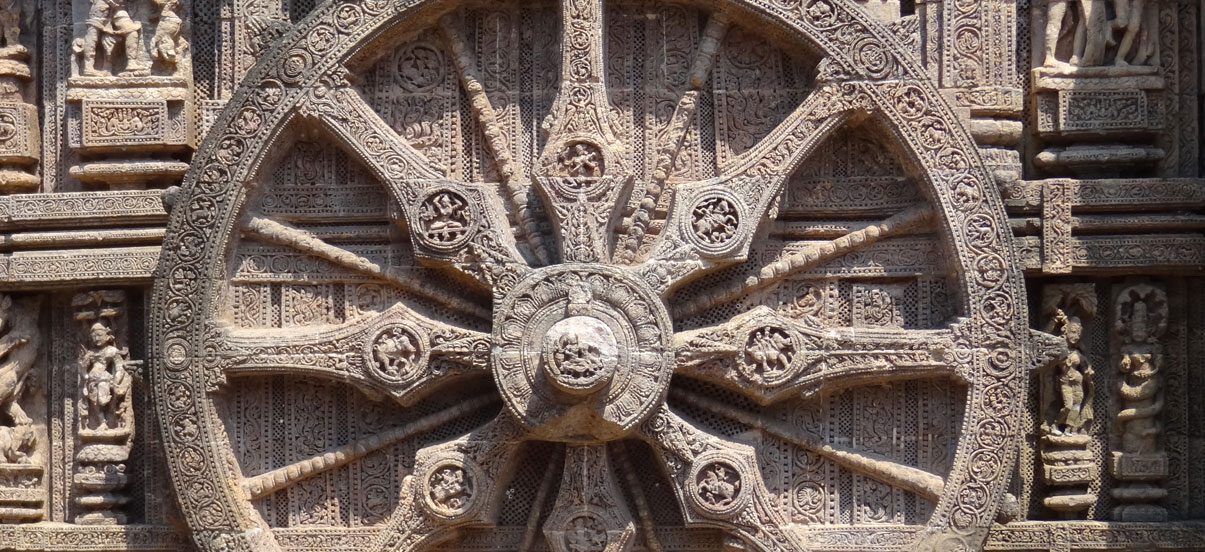The art of applying henna in hands and feet is known as Mehndi and it is a very old custom and ancient art form of the Asian subcontinent. The propagators were the Mughals. The Mughals taught us all about the history of Mehndi and introduced it to India during 12th century AD. During that period the royal and rich use to decorate themselves with it. The patterns were intricately made by the artists or the beauticians. Indian weddings are incomplete without the Mehndi ceremony .The ritual of Mehndi ceremony is followed in every part of the country where the hands of the bride are adorned with the lovely red color of the Mehndi. On these festive or wedding occasions mostly traditional Indian designs are made on the hands of the bride.
The origin can be from Egypt because it was one of the art forms in Egypt. It has the evidence that it has been found that henna was used to stain the fingers and toes of Pharaohs earlier to mummification. The mummification process took many days and as the Egyptians were diligent in planning their rebirth after their death, they became quite fanatical in the preservation process. The Egyptians believed that body art ensured their recognition into the afterlife and therefore used Mehndi to identify them.
Henna has the power of medicine was also used as a cosmetic and for it’s healing power for ages.The beautiful patterning prevalent in India today has emerged only in the 20th century. India, most of the women from that time in India is depicted with their hands and feet with red stain designs. The art of Mehndi has existed for centuries. No exact place of its origin is identified because of people in different cultures moving through the continents and taking their art forms with them and therefore sharing their art with everyone along the way.
The bushes can be grown in dry and hot conditions. The leaves are processed as a skin conditioner and as a reliever for rashes. The henna used for mehndi comes from a bush which is grown in the Africa and India called Lawsonia Inermis in the Middle East and other hot and dry places. Henna is used for hair dye and as a conditioner. The art of Mehndi is referred to as henna or Mehndi
Mehndi is a substitute for tattooing for people who are too scared to tolerate the poking of a needle. Mehndi will be wonderful for such people. Some people like permanent tattoos and some are comfortable with temporary forms of body art. When you use henna to decorate your body it cools your body too.
Henna patterns will be beautiful and have four different styles.
1. The Middle Eastern style is mostly made up of floral patterns similar to the Arabic paintings.
2. The North African style follows the shape of the hands and feet using floral patterns.
3. The Indian and Pakistani designs include lines patterns and teardrops.
4. The Indonesian and Southern Asian styles were a mix of Middle Eastern and Indian designs using blocks of color on the very tips of their toes and fingers.
0











